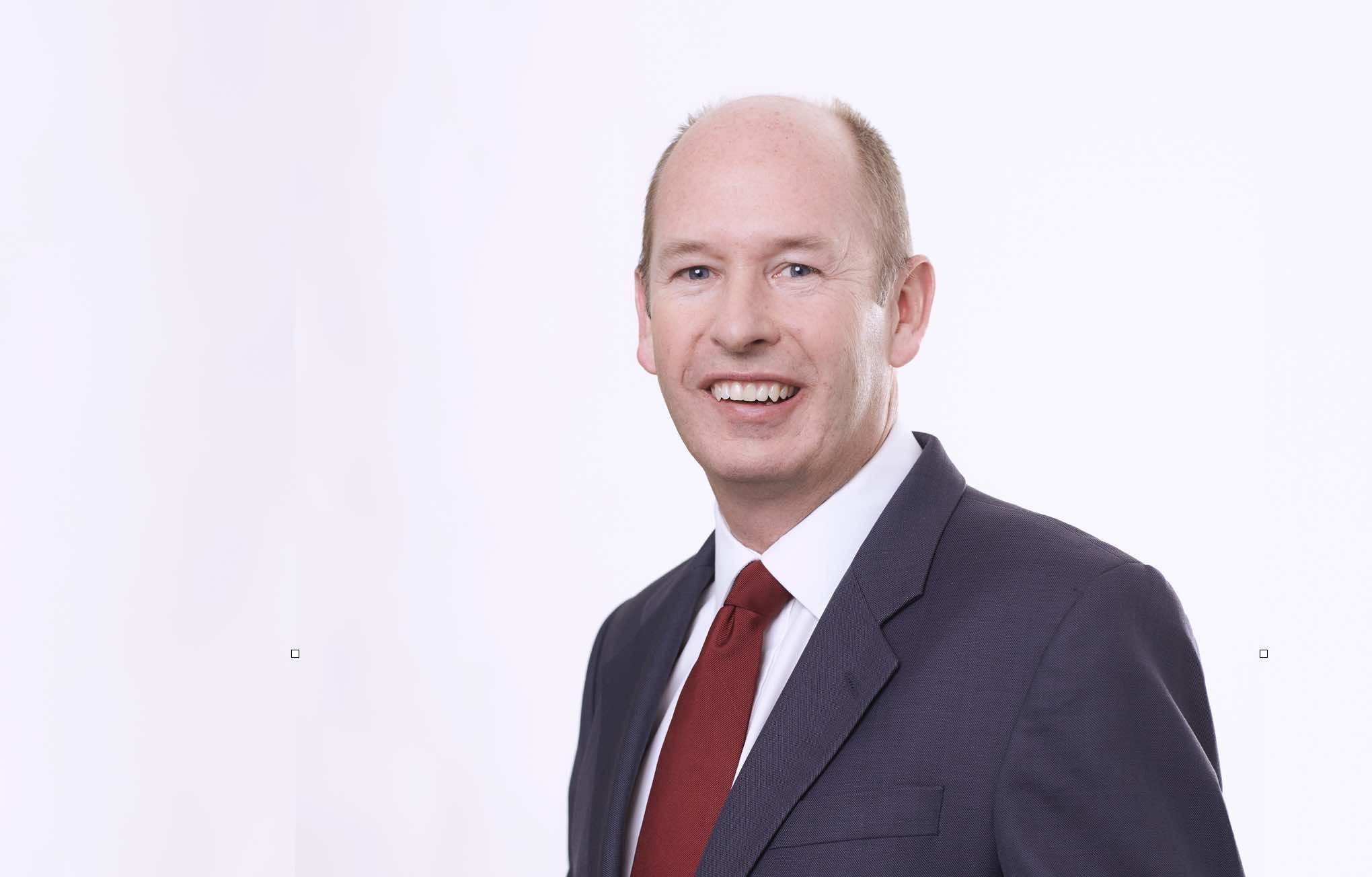By Mark Dowding, Chief Investment Officer at RBC Bluebay Asset Management
Arguably the most important macroeconomic question confronting investors in the months and quarters ahead, pertains to the future path of inflation within the global economy. Over the past several decades, inflationary pressures have been subdued. This has seen interest rates trending lower. In light of this, financial asset prices have risen, thanks in part to a lower discount rate being applied to long duration cashflows.
However, in the past two years, inflation has surprised to upside. Initially, an acceleration in prices was dismissed by policymakers as transitory, in light of supply chain disruptions, as economies normalised as the pandemic receded. However, with the war in Ukraine adding an energy price shock and tight labour markets causing an acceleration in wage growth, inflation has reached levels seemingly unthinkable just a couple of years ago. Moreover, the longer an inflation overshoot persists, the more inflation expectations may be showing signs of de-anchoring. Consequently, central banks have moved monetary policy into restrictive territory, in an effort to restore price stability, as soon as is practical.
In light of this, there continues to be confidence in financial markets that inflation will fall back to, or below, 2% on both sides of the Atlantic in the coming 12 months or thereabouts. As a result, long dated bond yields have been anchored by the thought that interest rates will return to ‘normal’ levels just above this threshold. In turn, equities have sustained elevated multiples, on the notion that the long-term discount rate will remain depressed, compared to historic standards.
Such an outcome points to a constructive medium-term outlook for financial assets. Yet there remains a risk that inflation fails to co-operate, in the way many may presume it will. Moreover, there will often be a sense that the conditions that have prevailed in the past 10 years or so will form the reference point for what investors consider to be ‘normal’ conditions. Yet, there may be reasons to think that the conditions in the decade in the wake of the global Financial Crisis were far from normal at all and that the prospects for the decade in the wake of the pandemic may look very different to what we have seen in the recent past.
Over the past several decades, increasing globalisation has been a factor pushing inflation lower. Yet, deteriorating relations between the US and China suggest that the process of globalisation has already peaked and may be subject to the risk of reversal in the years to come, if we move to more of a multi-polar world. If this is the case, then a powerful disinflationary force will have dissipated.
Similarly, a move to ever leaner manufacturing processes and lower inventories under ‘just in time’ production was also a trend pushing costs lower in the past decade, which may have run its course. In the wake of Covid, security of supply if a bigger concern and where inventories are maintained ‘just in case’, this also removes a structural force helping to drive disinflation.
Elsewhere, increased focus on climate change and ESG factors is causing a societal shift towards more sustainable practices. This is laudable, but will not be without an element of cost attached. This is another factor that could lead to somewhat higher inflation outcomes in the years ahead.
Furthermore, we sense that after several decades, in which the share of GDP accruing to capital has grown at the expense of the share accruing to labour, we may have also witnessed a regime change in the wake of the events of the past couple of years, that has led to a re-shaping of the labour supply function. We now see labour markets that are structurally tighter, presenting labour with increased bargaining power.
After decades through which median incomes have been eroded, the outlook for wages now appears more upbeat, though this will come partly at the expense of profit margins. This may inevitably limit the pace of earnings growth and also represents the reversal of a powerful trend, which has been pushing inflation lower.
In light of these factors, it certainly seems plausible that if 0-2% inflation was the normal in the past decade, so prices may grow more naturally at a 2-4% pace in the decade ahead. Were this to be the case, then this has profound implications for the level of interest rates, bond yields and all asset prices.
Although it is far to early to point to such a conclusion, what can be posited is the thought that conventional wisdom may be subject to challenge. Assuming a return to ‘normal’ when the past decade was anything but normal, represents a risky bet. In the past 10 years we have seen negative interest rates, central banks engaging in QE and many outcomes which would have been scarcely thinkable 30 years before.
Whilst none of us will have perfect foresight and be able to project what lies ahead with particular accuracy, what may seem clear is that the world, economic data and policy have all become more volatile and unpredictable in recent times. We live in an uncertain world and as abundant liquidity dries up, so this may speak to increased risk premia in times to come. In light of this, questioning orthodoxy and challenging complacency seem to be facets that successful portfolio managers will need to employ, if they are to be successful in navigating a complex global macro landscape in the quarters and years to come.
Mark Dowding
February 2023



